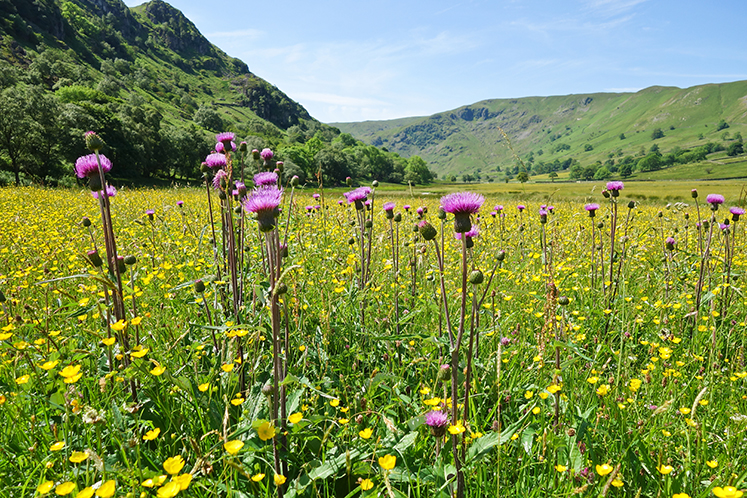
National Parks England prepared the English National Park’s Wildlife Delivery Plan in 2020 as one of four national strategies for 2030, to shape the 10 English National Park authorities' collective work on nature, climate, farming, and landscapes for all.
The Lake District National Park Nature Recovery Plan takes the Government’s ambition and targets for nature recovery forwards, and lays out how the Lake District National Park Partnership will contribute to restoring nature on 30% of land by 2030 (known as 30X30).
We want to take urgent action to tackle biodiversity loss, reduce the chance of local extinction of known threatened species as well as increase their abundance and resilience and manage their successful recovery. In doing so, we will demonstrate how we can deliver public goods and benefits set out in the 25 Year Environment Plan, including:
Our vision for nature is a National Park full of thriving nature and functioning ecosystems renowned for their intrinsic value that provide wellbeing for people who live and visit. People will know the moment they step across the National Park boundary, the landscape inside will look and feel visibly richer in nature.
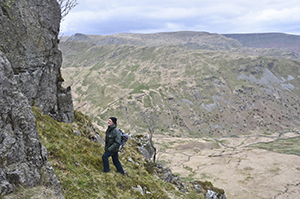
Download and read our Lake District National Park Recovery Plan
LDNP Nature Recovery PlanAn outline of what is in this plan is below.
We will do this by:

The Lake District has an abundance and variety of species and habitats, from freshwater habitat and ancient semi-natural woodland to dramatic upland landscape with Arctic Alpine plants, lakes, tarns and protected wildlife, such as vendace and red squirrel.
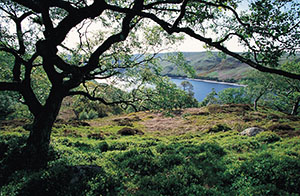
Key habitat types we wish to improve and opportunities for new habitat and connectivity between them include grasslands, wetlands, peatlands, coastal flats, woodlands, lowland heath, fells, lakes, rivers, tarns, limestone and farmland. We will prioritise according to the local nature recovery strategy species lists.
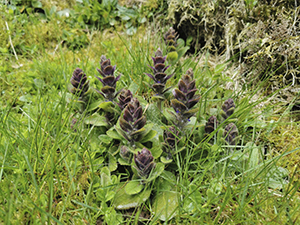
In line with UK's commitment to protect 30% of the UK land and sea for nature's recovery by 2030 (30X30), our plan includes work within the Park's SSSIs, National Nature Reserves, Special Protection Areas, Special Areas of Conservation and farming land, and lists out key initiatives, from farming-led projects to land recovery.
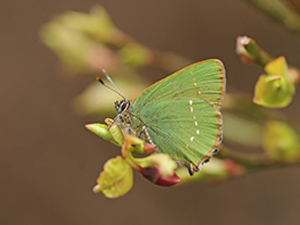
The Partnership has identified opportunities to deliver nature recovery between now and 2030. High level priorities and ambition for the National Park include landscape recovery pilot projects, the pine marten project, and the reconnecting Cumbria endangered landscapes programme.

2030 targets will see 10% of the Park managed as core areas for nature, 81% of SSSIs in recovering condition, 75% of waterbodies at or over the Water Framework Directive 'good' ecological state by 2027, 209 hectares of annual woodland creation and 1000 hectares of annual peatland restoration works completed.
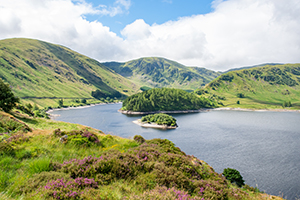
From working on core nature recovery areas and priority habitats, including woodland regeneration, to habitat connectivity opportunities that link protected sites and core nature recovery areas, our actions will enable targets and ambitions to be realised.
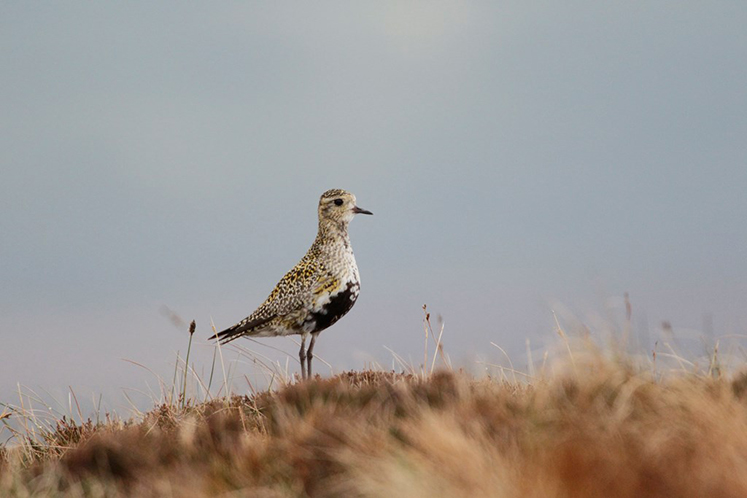
The Lake District National Park Partnership will develop a monitoring approach that will work to complement and build on existing and evolving national and local monitoring frameworks. In particular, the Cumbria Local Nature Recovery Strategy and the Partnership Plan.
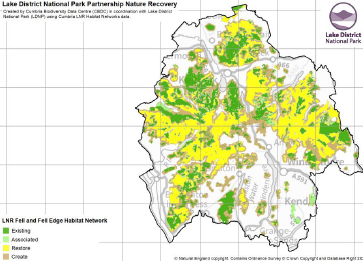
Our collaborative effort will be guided by strategic habitat network maps, ranging from coastal habitats and grassland, to fell and fell edge, water and wetland, and peatland and woodland habitat networks.